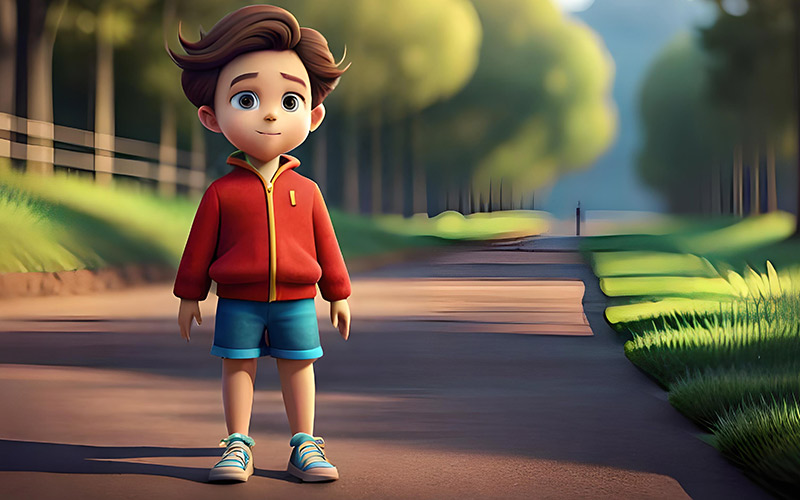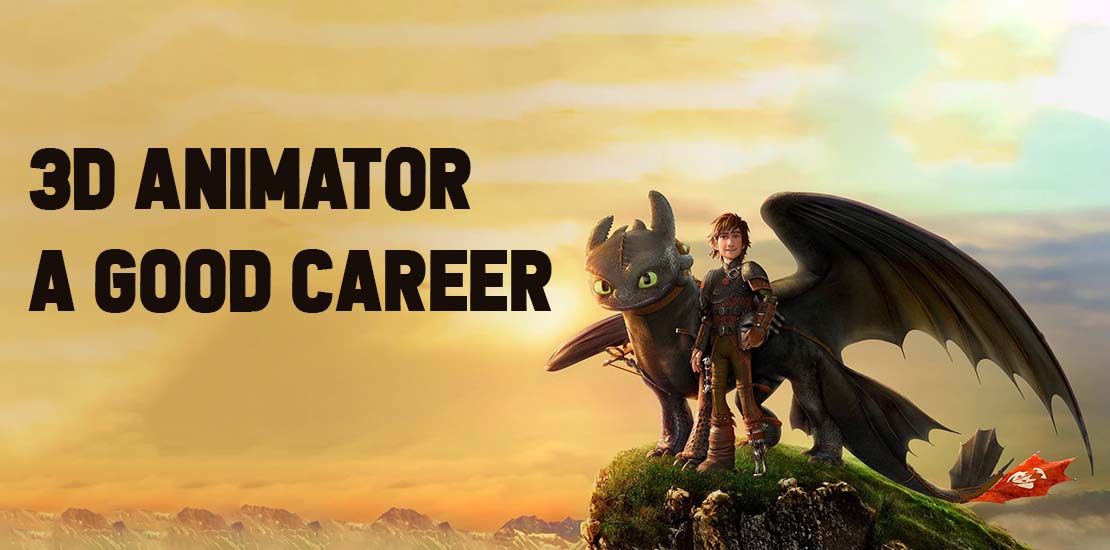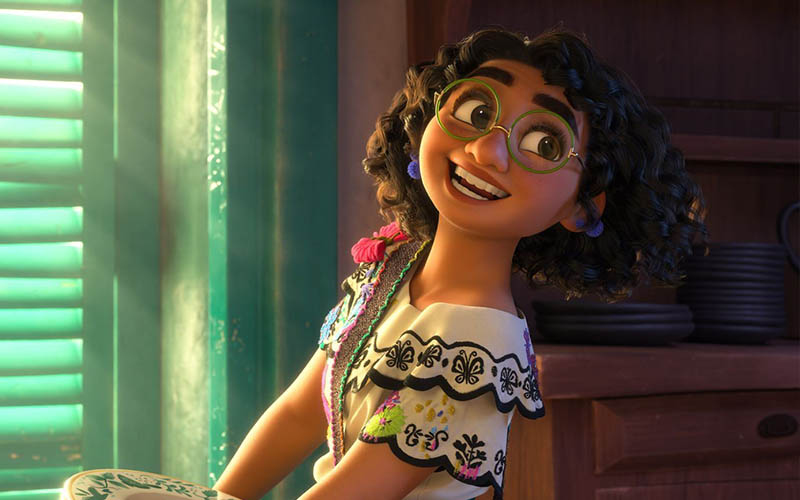Animation has influenced many different industries in the current digital era, changing the narrative landscape and enhancing the impact of visual effects. Given how quickly animation is developing and evolving, it should come as no surprise that there is a growing demand for skilled animators. Because there are so many options in the industry, aspiring animators frequently have to choose between going into 2D or 3D animation. Since each media has an own set of benefits and obstacles, this option may seem daunting to novices.
2D animation has a classic and artistic beauty because it is based on hand-drawn methods. However, using computer-generated visuals and storytelling techniques, 3D animation makes people and tales come to life in a more realistic and immersive way.
The choice between 2D and 3D animation ultimately comes down to personal preferences, objectives, and ability level. Both paths provide the opportunity to pursue fulfilling careers and have a big impact on the animation industry.
In this blog, we will look at a comprehensive guide of 2d and 3d animation courses.
Topics we are going to cover
# Nowadays is it worthwhile to study animation (2D/3D)?
# Which one should you learn as a beginner: 2D or 3D animation considering ease and demand?
Nowadays is it worthwhile to study animation (2D/3D)?
The Growth of Animated Content:
The consumption of animated content has seen an exponential rise in recent years. This growing demand has created numerous opportunities for talented animators to make their mark in the industry.
Career Prospects:
Studying animation opens up a myriad of career opportunities for individuals passionate about bringing life to characters and stories. Here are some key areas where animators can find rewarding careers:
- Film and Television: The entertainment industry relies heavily on animation for visual effects, character animation, and even full-length animated movies.
- Gaming: With the gaming industry surpassing the film industry in terms of revenue, it has become a lucrative field for animators.
- Advertising and Marketing: Animated advertisements, explainer videos, and interactive digital content have become the norm.
- Education and E-Learning: Animated educational content caters to visual learners and makes complex concepts more accessible.
Advancements in Technology:
Technology has transformed the field of animation, making it more accessible and versatile. The advent of 3D animation software and powerful computers has enabled animators to create stunning visuals with a greater sense of realism and depth.
Diverse Skill Set Development:
Studying animation goes beyond mastering software tools; it fosters the development of a diverse skill set.. Aspiring animators gain a solid foundation in these areas, equipping them with a versatile skill set sought after in multiple industries.
Creativity and Artistic Expression:
Animation serves as a canvas for creative minds, allowing artists to bring their imaginations to life. Studying animation nurtures the artistic side of individuals, encouraging them to experiment, innovate, and push the boundaries of their creativity.
Collaborative and Dynamic Work Environment:
Animation production is a highly collaborative process that involves teamwork and coordination. This collaborative nature fosters continuous learning, exchange of ideas, and personal growth.
Global Industry and Remote Opportunities:
The animation industry transcends geographical boundaries, making it a global marketplace for talented animators. With the rise of remote work and freelance opportunities, animators can work with clients and studios from anywhere in the world.

Which one should you learn as a beginner: 2D or 3D animation considering ease and demand?
Ease of Learning:
- 2D Animation:
- Traditional and accessible: 2D animation has been around for decades and holds a straightforward and traditional approach. It involves drawing outlines and filling them with colors, making it relatively easy to learn for beginners.
- Simpler techniques: Compared to 3D animation, 2D animation techniques are generally simpler, requiring fewer technical skills. It involves using software tools like Adobe Animate, Toon Boom Harmony, or OpenToonz to create motion by manipulating individual frames.
- Reasoning from familiarity: 2D animation is often reminiscent of traditional hand-drawn animations seen in classic cartoons, making it easier for beginners to grasp the concepts and techniques involved.
- 3D Animation:
- Steeper learning curve: 3D animation involves a more complex workflow, requiring a deeper understanding of 3D modeling, texturing, rigging, and rendering. It involves using software like Autodesk Maya, Blender, or Cinema 4D.
- Technical skills: Learning 3D animation involves acquiring skills in modeling 3D objects, creating realistic textures, rigging characters, and manipulating virtual cameras. These technical aspects can be more challenging for beginners to grasp compared to 2D animation. If you want to learn more about 3d animation then you can consider 3d animation in kolkata. As in Kolkata there are top animation institutes which can help you with developing technical skills in 3d animation .
Demand in the Industry:
- 2D Animation:
- Established applications: 2D animation has a long-standing presence in various industries, including film, television, advertising, gaming, and e-learning. It continues to be utilized in children’s cartoons, explainer videos, advertisements, and interactive media.
- Niche markets: While 2D animation may not be as prevalent in feature films or AAA video games as 3D animation, it holds strong in niche markets, such as independent films, short films, web series, and mobile games.
- 3D Animation:
- Dominant in gaming and VFX: 3D animation is in high demand within the gaming industry, where realistic character animations and detailed environments are crucial. VFX studios also heavily rely on 3D animation for visual effects in movies and commercials.
- Diverse industry applications: 3D animation finds applications in architecture, product visualization, medical visualization, virtual reality, augmented reality, and more. Its versatility allows for broader prospects outside traditional media.
Is 2D and 3D animation necessary for doing a VFX course?
VFX is an extensive field covering many areas of animation and technical expertise. Animation is just one aspect of VFX, and one does not necessarily have to master both 2D and 3D animation to become a successful VFX artist. However, having a background in both 2D and 3D animation does have many advantages.
Learning 2D animation techniques can help VFX artists develop a strong sense of visual storytelling, composition, and design, even if they do not primarily work with 2D animation. It can also help artists manipulate live-action footage, seamlessly integrating it with digital elements.
On the other hand, 3D animation is becoming increasingly prevalent in the media industry and can give aspiring VFX artists an edge when entering the job market. Having a deep understanding of 3D modeling, texturing, rigging, and rendering can allow artists to create realistic special effects and live-action compositions.
Types of softwares used in 2d and 3d animation.
The field of animation, whether 2D or 3D, utilizes various software tools to create stunning visuals. Here are some commonly used software programs for 2D and 3D animation:
2D Animation Software:
- Adobe Animate (formerly known as Flash): A widely used software for creating 2D animation, motion graphics, and interactive content.
- Toon Boom Harmony: A professional software used in the animation industry for 2D character animation, storyboarding, and compositing.
- TVPaint Animation: A traditional 2D animation software that mimics the feel of traditional hand-drawn animation.
- Moho (formerly Anime Studio): A comprehensive 2D animation software that enables both bone-based and frame-by-frame animation.
- After Effects: Although primarily a compositing and visual effects software, Adobe After Effects can be used for 2D animation, motion graphics, and creating animated compositions.
3D Animation Software:
- Autodesk Maya: A widely used professional 3D animation software, commonly used in the film, television, and gaming industries.
- Autodesk 3ds Max: Another popular software for 3D modeling, animation, and rendering, often used in architectural visualization and game development.
- Blender: A free and open-source 3D animation software, capable of modeling, texturing, rigging, animation, and rendering.
- Cinema 4D: A user-friendly 3D animation software, commonly used in motion graphics, architectural visualization, and product design.
- Houdini: A powerful software for 3D animation, modeling, and visual effects, often used for complex simulations and procedural generation.
These are just a few examples of the software available for 2D and 3D animation. The choice of software often depends on the specific needs of the project, the artist’s preferences, and the industry standards.
Why choose George Animatrix for 2d and 3d animation courses?
If you are looking for 3d and 2d animation course in Kolkata then go for George Animatrix. The school has certified and highly trained professionals, ensuring that students receive quality education. They offer intense live project training sessions that prepare students for their chosen fields, helping them find placement with top companies.
Recommend Post: Which is Better As A Career – 2D Animation Or 3D Animation?
Conclusion
Animation has greatly influenced various industries, leading to a high demand for skilled animators. Choosing between 2D and 3D animation depends on personal preferences and objectives. 2D animation has a classic and artistic beauty, while 3D animation creates lifelike and immersive experiences. Studying animation, regardless of the medium, is worthwhile due to the growing consumption of animated content and diverse career prospects. Both beginners and VFX artists can benefit from learning both 2D and 3D animation. Popular software for 2D animation includes Adobe Animate and Toon Boom Harmony, while Autodesk Maya and Blender are commonly used for 3D animation.
Direction: https://maps.app.goo.gl/dBFbTpnFRf48aE2y9



